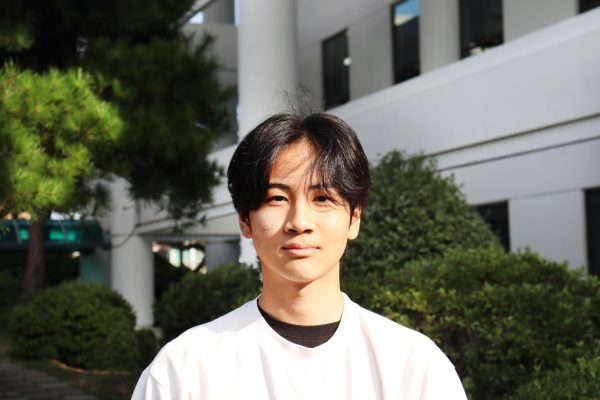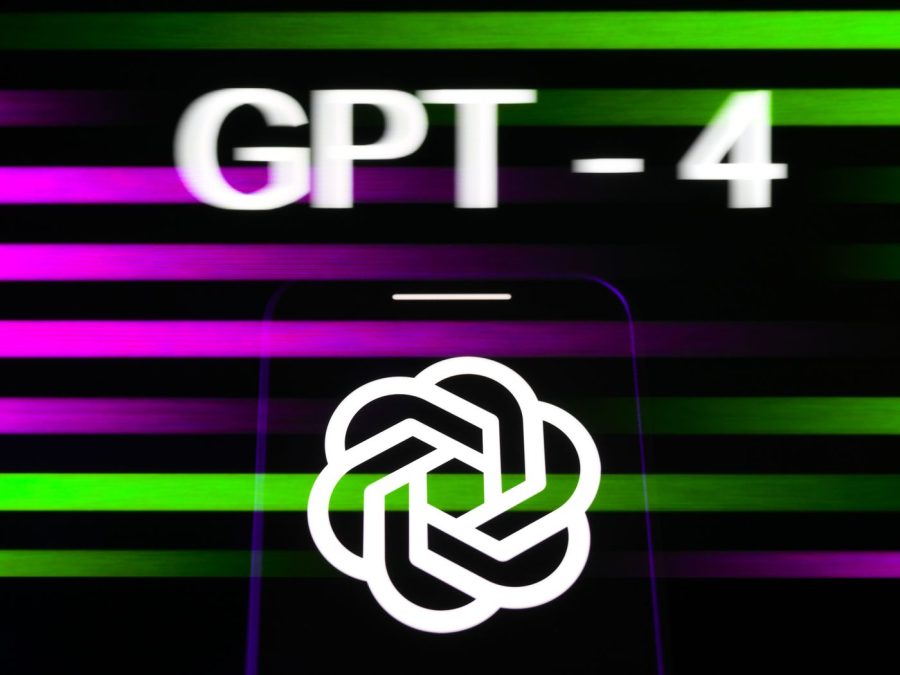OpenAI releases GPT-4 with groundbreaking innovations
On March 14, OpenAI announced the language model GPT-4 as an updated version of GPT-3, garnering popularity for its innovative technology. Users can access GPT-4 through a paid subscription for ChatGPT Plus at the monthly price of $20.
“It is a fact that ChatGPT is a very useful tool for students, and I think you can safely assume that almost every student, or even some teachers, at SIS uses it,” Phillip Kim (12), a current ChatGPT user, said. “I recently heard about the new GPT-4 and ChatGPT Plus, and I am currently contemplating my choices about purchasing it due to its improved technology if it weren’t so expensive.”
According to OpenAI, the new GPT-4, trained by Microsoft’s Azure AI supercomputers, is different from its predecessor GPT-3 for multiple reasons. The most noticeable difference is the new model’s capability of accepting images as inputs. When an image file is input into the model by a user, it is able to analyze and create an output based on the image.
The new model is also faster and stronger than the previous one, being able to handle over 25,000 words. According to OpenAI, GPT-4 is able to pass high-level academic tests with high marks, such as AP exams, the SAT, and even bar exams with distinctive results. Additionally, GPT-4 has made significant improvements as an AGI, or an artificial general intelligence, as the model is even better than its predecessor at mimicking human creativity in creative works such as composing songs and writing screenplays.
“I think ChatGPT, and especially the GPT-4, acts as a great alternative to traditional search engines, as you can specify your searches even more than other engines like Google.” Won-gyeom Yang (10), current ChatGPT user, said. “However, the rise of ChatGPT does harm the integrity of academic works. It also harms the learning opportunities of students in the long term, as students would not take the time and effort to learn, but simply use ChatGPT.”
Now, schools anticipate students to utilize GPT-4 even more due to its improved capabilities. According to a school-wide survey conducted at SIS, 32 of 43 students admitted that they had used ChatGPT for a school-related assignment, either summative or formative, clearly showing the popularity of the AI model.
However, after this new update, not only can ChatGPT be used for basic knowledge, the program can also be used to answer open-ended questions based on a given image, which were common ways for teachers to prevent students from using external sources of information; this harms the academic integrity of students of any assessments done through the computer, which forces many teachers turn to offline assessments without using technologies. This can be problematic, as it is counteractive towards the modern education of incorporating technologies.
“I think as students, ChatGPT is always a tempting way of completing school work.” Nancy Koo (12), ChatGPT dissenter, said. “I think the development of AI was inevitable, so rather than viewing it as something bad, I think it is a good opportunity for education systems to shift to a more modern one.”

Waan is a senior Social Media Manager for the Tiger Times Online team. He mainly enjoys writing articles about sports and Korean news. He loves watching...

